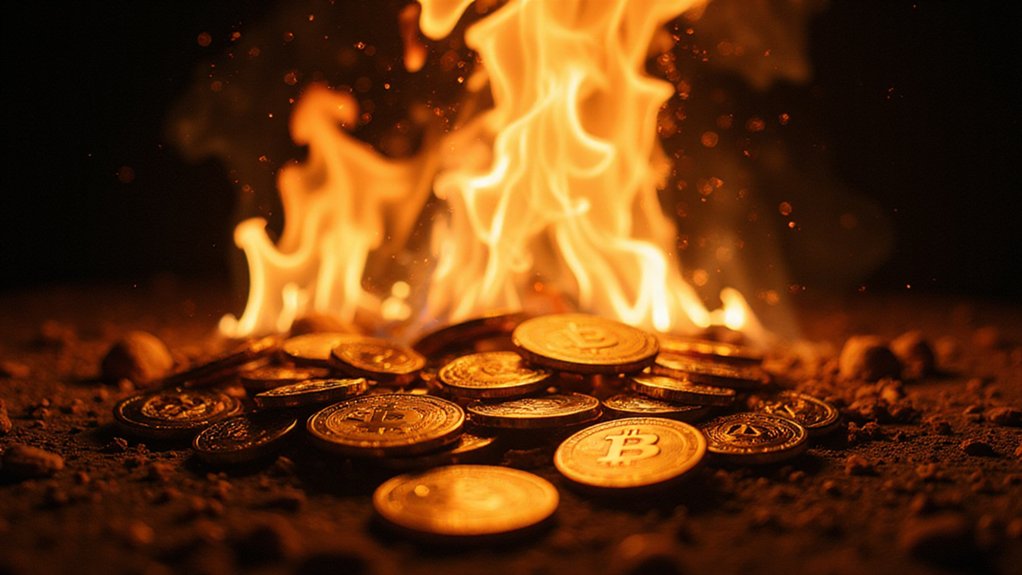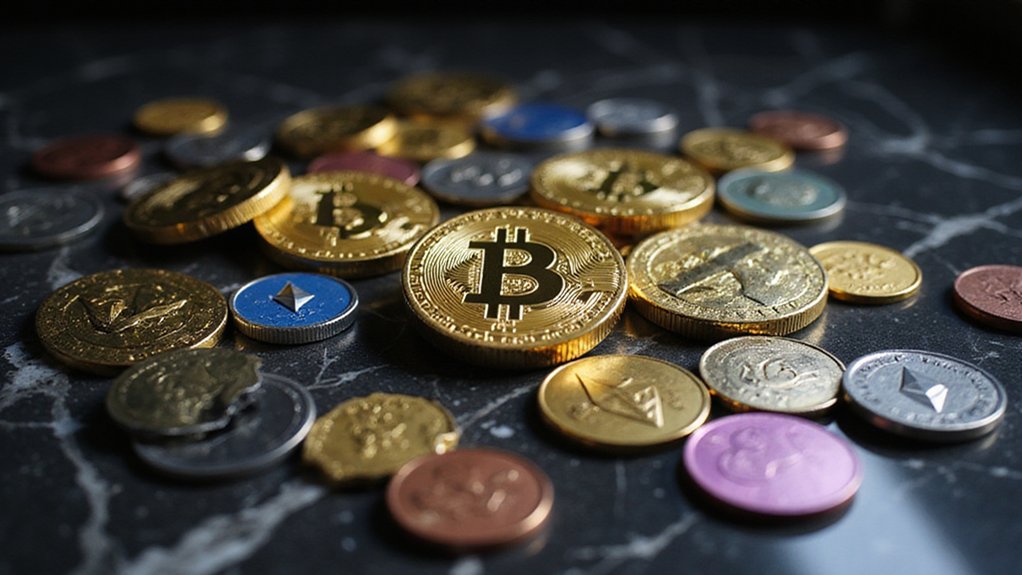OKB obliterated expectations on August 13, 2025, rocketing an astounding 170% in a single trading session that left even seasoned crypto observers scrambling to recalibrate their price targets. The token peaked near $143 before settling around $115—a performance that would make even the most zealous bulls question whether they’d miscalculated their risk tolerance.
The catalyst wasn’t some vague promise of future innovation but a concrete announcement that OKX would incinerate 65.26 million OKB tokens on August 15, 2025. This isn’t your garden-variety quarterly burn (though OKX has maintained that ritual since 2019); it represents the largest token destruction in the exchange’s history, slashing total supply from 300 million to a mere 21 million tokens. One might call it aggressive tokenomics, or perhaps just good old-fashioned scarcity marketing elevated to an art form.
The timing proved fortuitous, coinciding with OKX’s blockchain upgrade that transformed X Layer into a 5,000 transactions-per-second powerhouse leveraging Polygon technology. The upgrade delivered near-zero gas fees and Ethereum compatibility while unceremoniously retiring OKTChain, automatically converting OKT holders to OKB after August 13.
Such seamless changes rarely occur in crypto—a sector where protocol migrations typically resemble controlled demolitions that occasionally get out of hand. Market cap surged beyond $6.44 billion as traders digested the deflationary implications. OKB now exclusively powers the X Layer ecosystem, providing trading fee discounts, staking opportunities, and governance participation across both Ethereum and the upgraded chain.
The cross-chain functionality represents genuine utility expansion rather than mere speculative fodder. However, euphoria breeds caution among discerning analysts. The token’s RSI approached 86—decidedly overbought territory that historically precedes corrections. Price consolidation around $88-$90 appears plausible if bulls maintain momentum, though sharper retreats toward pre-rally levels remain possible.
The surge mirrors recent dynamics in exchange tokens, particularly Binance’s BNB, suggesting institutional appetite for utility tokens with clear value propositions. Whether OKB sustains these levels depends largely on OKX’s ability to translate technological improvements into sustained ecosystem growth—a challenge that separates temporary rallies from enduring value creation. The token’s integration with DeFi protocols could enhance its utility as liquidity providers earn transaction fees through automated market makers powered by smart contracts.








